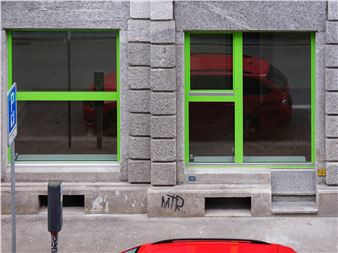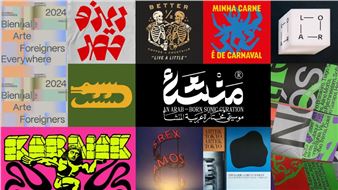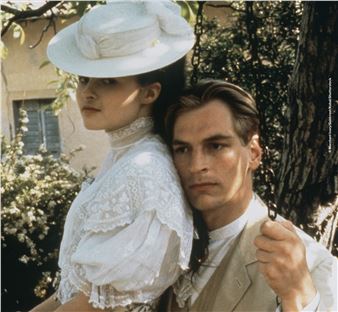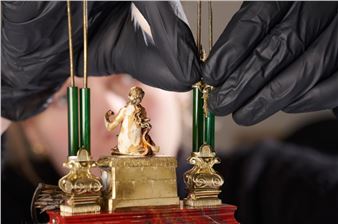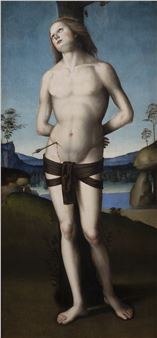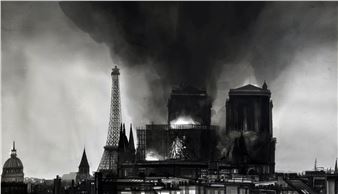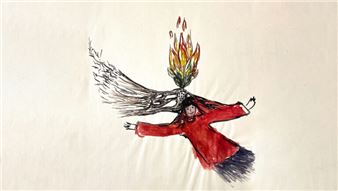LГЎszlГі BorsГіdy: The Poetics of Roundness
Our gallery is pleased to present LГЎszlГі BorsГіdyвҖҷs (b. 1938) first soloexhibition at acb Attachment. BorsГіdy is a pioneering figure in post-World War II Hungarian ceramic art, whose career spans more than sixdecades. His autonomous artistic pursuits serve as a remarkableexample of efforts to dissolve the bound-aries between applied andfine arts. The exhibition features ceramic works, sculptural objects, wall pieces, and archival documents, offering a comprehensive view of BorsГіdyвҖҷs multifaceted yet highly consistent artistic universe.
He studied under PalkГі BorsГіdy JГіzsef at the free school in BonyhГЎd,and later graduated in 1963 from the College of Applied Arts, where theartist and head professor MiklГіs Borsos had the greatest influence onhim. He emerged in the Hungarian art scene at a time of profound trans-formation. He played a key role in reinterpreting ceramics as asculptural medium and developed a distinctive visual language shapedprimarily by modernist abstraction and biomorphic form-making. Hiswork is often inspired by nature, evoking botanical and macro-organic structures while carrying a lyrical tension between materialityand metaphysical depth.Between 1963 and 1986, BorsГіdy worked as a designer at theSzentendre Architectural Ceramics Factory, where he collaboratedwith several people, including architect MiklГіs ErdГ©lyi, a key figure ofthe Hungarian neo-avant-garde movement. There, together with hiswife and creative partner TerГ©z B. UrbГЎn, he played a vital role innumerous architectural projects. His large-scale commissionsвҖ”fromdecorative wall art and fountains to tile stovesвҖ”brought artisticsensibility into everyday public spaces, challenging the traditionaldistinctions between ceramic art and sculpture that persist to this day. In 1986, BorsГіdy founded his own family studio, where he hascontinued to explore ceramic forms with quiet intensity and an experi-mental spirit. His works simultaneously convey intimate tactility andmonumental presence, celebrating ceramics not merely as a technicalmaterial, but as a living substance.
According to art historian BalГЎzs Feledy, BorsГіdyвҖҷs art is char-acterizedby вҖңceramics pursued through a fine art and sculptural lens,вҖқ confirminghis place among modernist sculptors who use abstraction as a meansof exploring nature. Hallmarks of his visual language include roundedshapesвҖ”spherical, sometimes disrupted, opened, or halved globe-likestructuresвҖ”often accompanied by repetitive motifs and a serial modeof thinking. BorsГіdyвҖҷs signature вҖңspheres,вҖқ the most distinctiveelements of his ceramic art, echo the ideas of French philosopherGaston Bachelard, who, in The Poetics of Space, explores the pheno-menology of roundness and famously argues that вҖңbeing is round.вҖқ The exhibition The Poetics of Roundness not only highlights the keymotifs of BorsГіdyвҖҷs lifeвҖҷs work but also underscores its enduringrelevance. In parallel with the вҖңnew materialistвҖқ tenden-cies incontemporary art and the renewed interest in ceramics, BorsГіdyвҖҷslegacy offers a vital perspectiveвҖ”one that seeks to unify form andfunction, tradition and experimentation, the built environment and theorganic world into a single grand modernist endeavor.
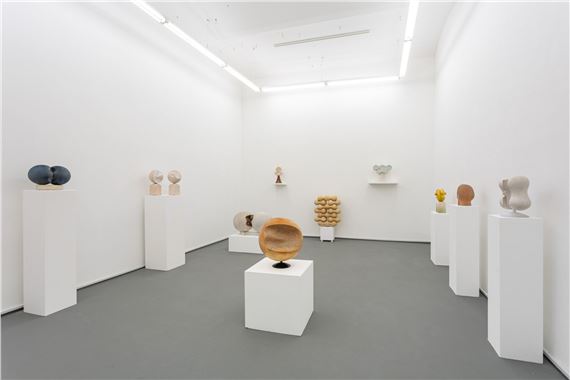
Recommended for you
Our gallery is pleased to present LГЎszlГі BorsГіdyвҖҷs (b. 1938) first soloexhibition at acb Attachment. BorsГіdy is a pioneering figure in post-World War II Hungarian ceramic art, whose career spans more than sixdecades. His autonomous artistic pursuits serve as a remarkableexample of efforts to dissolve the bound-aries between applied andfine arts. The exhibition features ceramic works, sculptural objects, wall pieces, and archival documents, offering a comprehensive view of BorsГіdyвҖҷs multifaceted yet highly consistent artistic universe.
He studied under PalkГі BorsГіdy JГіzsef at the free school in BonyhГЎd,and later graduated in 1963 from the College of Applied Arts, where theartist and head professor MiklГіs Borsos had the greatest influence onhim. He emerged in the Hungarian art scene at a time of profound trans-formation. He played a key role in reinterpreting ceramics as asculptural medium and developed a distinctive visual language shapedprimarily by modernist abstraction and biomorphic form-making. Hiswork is often inspired by nature, evoking botanical and macro-organic structures while carrying a lyrical tension between materialityand metaphysical depth.Between 1963 and 1986, BorsГіdy worked as a designer at theSzentendre Architectural Ceramics Factory, where he collaboratedwith several people, including architect MiklГіs ErdГ©lyi, a key figure ofthe Hungarian neo-avant-garde movement. There, together with hiswife and creative partner TerГ©z B. UrbГЎn, he played a vital role innumerous architectural projects. His large-scale commissionsвҖ”fromdecorative wall art and fountains to tile stovesвҖ”brought artisticsensibility into everyday public spaces, challenging the traditionaldistinctions between ceramic art and sculpture that persist to this day. In 1986, BorsГіdy founded his own family studio, where he hascontinued to explore ceramic forms with quiet intensity and an experi-mental spirit. His works simultaneously convey intimate tactility andmonumental presence, celebrating ceramics not merely as a technicalmaterial, but as a living substance.
According to art historian BalГЎzs Feledy, BorsГіdyвҖҷs art is char-acterizedby вҖңceramics pursued through a fine art and sculptural lens,вҖқ confirminghis place among modernist sculptors who use abstraction as a meansof exploring nature. Hallmarks of his visual language include roundedshapesвҖ”spherical, sometimes disrupted, opened, or halved globe-likestructuresвҖ”often accompanied by repetitive motifs and a serial modeof thinking. BorsГіdyвҖҷs signature вҖңspheres,вҖқ the most distinctiveelements of his ceramic art, echo the ideas of French philosopherGaston Bachelard, who, in The Poetics of Space, explores the pheno-menology of roundness and famously argues that вҖңbeing is round.вҖқ The exhibition The Poetics of Roundness not only highlights the keymotifs of BorsГіdyвҖҷs lifeвҖҷs work but also underscores its enduringrelevance. In parallel with the вҖңnew materialistвҖқ tenden-cies incontemporary art and the renewed interest in ceramics, BorsГіdyвҖҷslegacy offers a vital perspectiveвҖ”one that seeks to unify form andfunction, tradition and experimentation, the built environment and theorganic world into a single grand modernist endeavor.

 ARTISTS
ARTISTS







